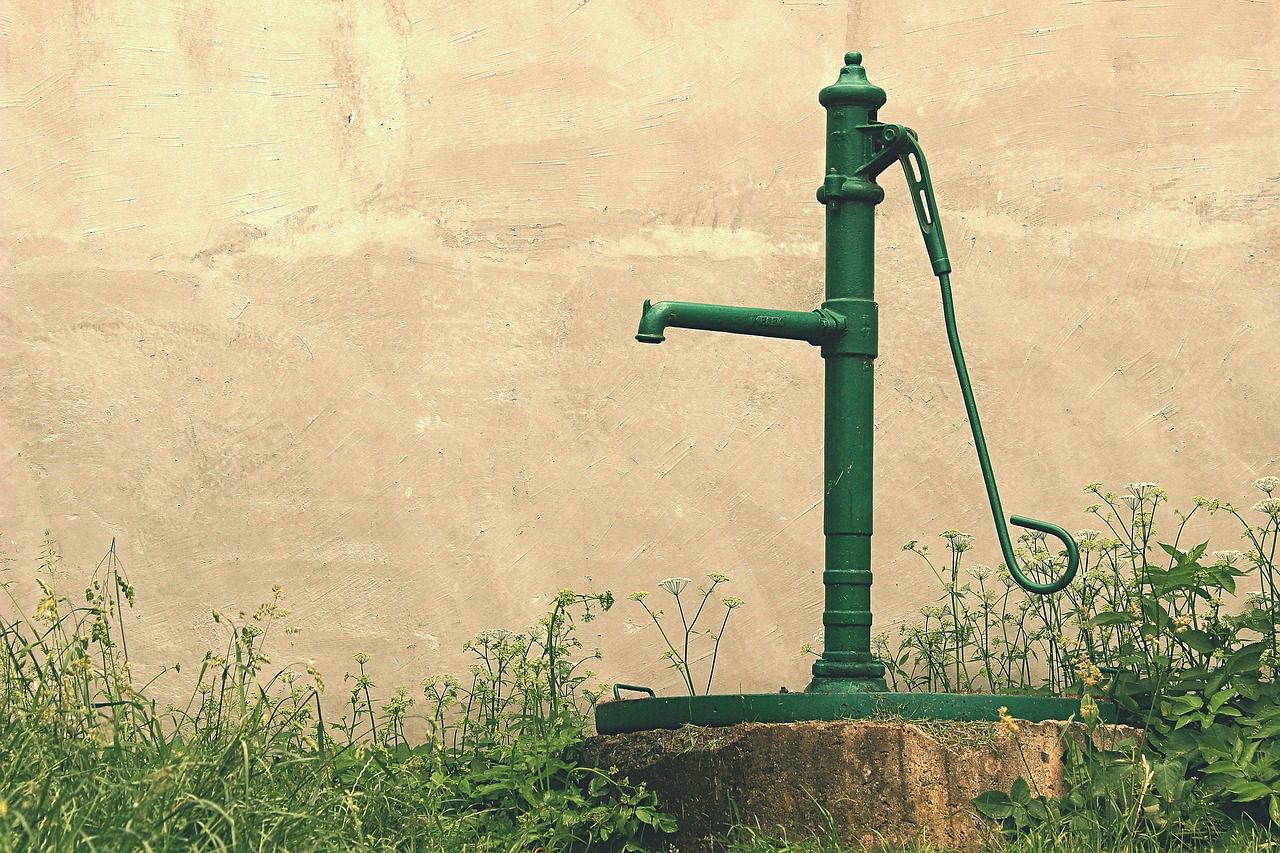Today the Los Angeles Times reported that a record number of household water wells have been drying up due to California’s drought and over pumping of its groundwater aquifers. This trend is in the midst of the State’s driest three-year period of record, forcing some homeowners to seek alternative supplies such as trucking in tanks of potable water.
due to California’s drought and over pumping of its groundwater aquifers. This trend is in the midst of the State’s driest three-year period of record, forcing some homeowners to seek alternative supplies such as trucking in tanks of potable water.
The Times writes, “This year, nearly 1,400 household wells have been reported dry — a nearly 40% increase over the same period last year, and the highest annual number reported since 2013, when the California Department of Water Resources launched the Dry Well Reporting System. The actual number of dry wells is likely higher because reporting is voluntary.”
It’s not just households dealing with shortages. The outlook given by the federal government for Central Valley Project water contractors is not promising.
In a statement issued by the Bureau of Reclamation at the end of November , the Bureau warned that plans for limited water supply need to be made:
, the Bureau warned that plans for limited water supply need to be made:
The Bureau of Reclamation is asking its contractors receiving Central Valley Project water for municipal and industrial use to begin planning for potentially extremely limited water supply conditions in 2023. Despite the early storms that California experienced this month, drought conditions continue. Conservative planning efforts will help better manage the limited water resources in the event conditions remain dry and we move into a fourth consecutive drought year.
The Central Valley Project began the 2023 water year on October 1 with water storage reservoirs near historic lows. Shasta Reservoir, the state’s largest reservoir and cornerstone of the Central Valley Project, is currently at 31% capacity. If drought conditions extend into 2023, Reclamation will find it increasingly difficult, if not impossible, to meet all the competing needs of the Central Valley Project without beginning the implementation of additional and more severe water conservation actions.
Under Reclamation’s Municipal & Industrial Water Shortage Policy, Central Valley Project municipal and industrial contractors are asked to provide specific information to calculate public health and safety numbers using the standard calculation outlined in the Central Valley Project Municipal and Industrial Water Shortage Policy Guidelines and Procedures.
Reclamation continues to closely monitor hydrologic conditions and will provide regular updates in the coming months. Initial water supply allocations for the Central Valley Project will be announced in February.
There has been a promising level of snowpack in the Sierra Nevada mountains so far this year, but as Water Education Online states, drought concerns remain. Quoting the Washington Post, Water Education Online writes, “Officials are urging caution and conservation given the depth of the state’s water supply challenges. Longer range outlooks still point to a fourth consecutive drought year for the state.”
states, drought concerns remain. Quoting the Washington Post, Water Education Online writes, “Officials are urging caution and conservation given the depth of the state’s water supply challenges. Longer range outlooks still point to a fourth consecutive drought year for the state.”


Leave a Reply